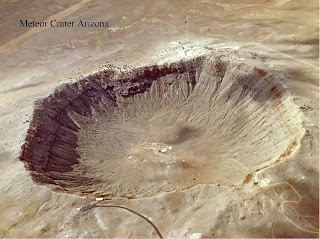Hello everyone! I'm back and today we are going to learn about three things. Those three things are comets, asteroids and meteors. We are first going to talk about comets. Here we go!
We are going to talk about the comet's structure. The comet has three parts: the nucleus, the coma, and the tail. Let's talk about the nucleus first. Inside the nucleus is ice, dust, and water but mostly dust. The thing that surrounds the nucleus is a coma or some people call it the head. The coma/head is made up of a cloud of dust, and gas. When it gets close to the sun... I know what you are about to say it melts, wrong. It forms a tail. The ice melts inside the nucleus then forms a haze. The solar winds blows it outward from the comet. That's how a tail is formed. Here is a chart if you don't understand.
Now lets move on. We are going to talk about asteroids. Asteroids live in the asteroid belt. They rotate on its axis and has tiny little asteroids rotating around them. Asteroids can turn into a dwarf, minor, and so much more. They stay the same distance from the sun at all times.
Now the last thing we will talk about are meteors. Well meteors have a routine. The first thing is they leave their belt. They shoot straight for earth (sometimes). They look like shooting stars but they are actually on FIRE! IF we are lucky they will burn up completely. If were not lucky it will strike the earth and might cause a crater like this one.
This crater happened in Arizona.
Since we learned all of them we are now going to see there similarities.
- They all orbit around the sun.
- They all are made up of rock.
- They all formed the planets.
- They get close to the earths atmosphere.
- They all leave behind something.
Now we are going to see there differences.
Comets
- It has a tail
- Made up of gas and dust.
- Don't burn up like meteors.
- They are called dirty snowballs.
- They have ice inside them.
- The ice evaporates into a gas while near the sun.
Asteroids
- Rotates on axis.
- They are the building blocks of our solar system.
- They can turn into a minor planet.
- They have moons that revolved around them.
- They stay the same distance around the sun at all times.
Meteors
- They look like shooting stars.
- They hit the earth's surface.
Scientist studying all of these so they can learn more about our solar system.
That's all we have for today. I hope to see you next time. This is The Science Fairy saying keep doing science.
Links





No comments:
Post a Comment